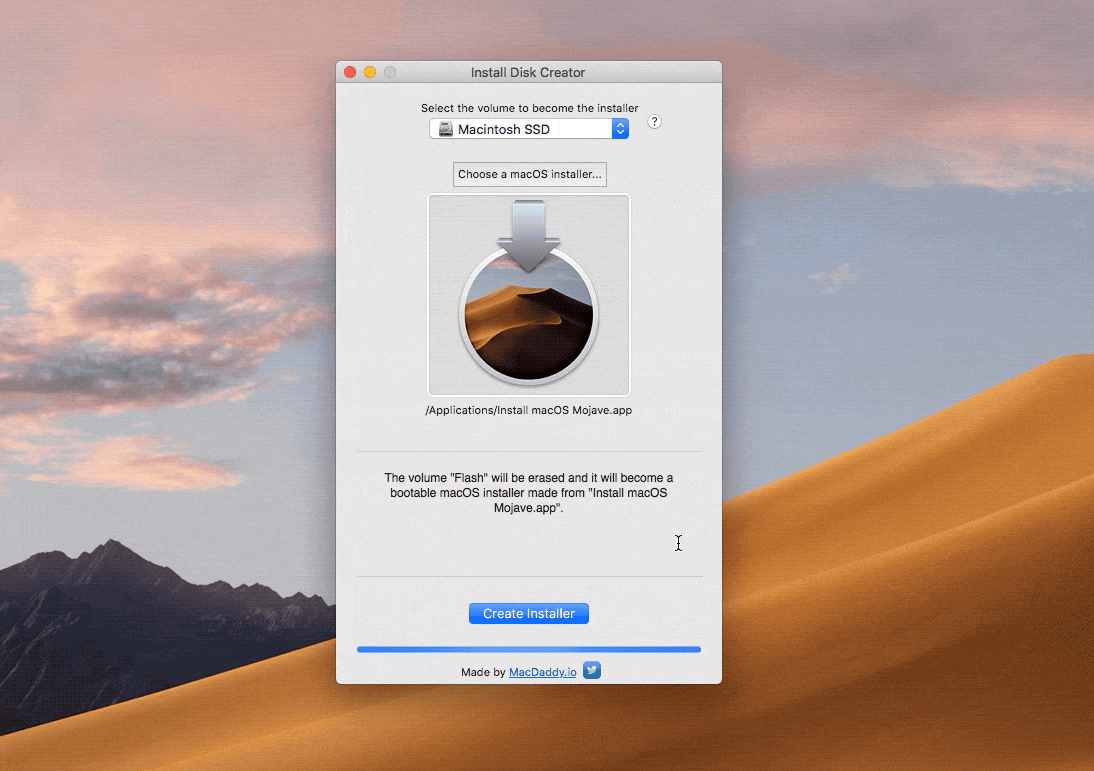

Hit the Return key and enter the administrator password when requested. Sudo /Applications/Install\ OS\ X\ El\ Capitan.app/Contents/Resources/createinstallmedia -volume /Volumes/ElCapInstaller -applicationpath /Applications/Install\ OS\ X\ El\ Capitan.app -nointeraction Launch the Terminal application, found in /Applications/Utilities/ and enter the following command exactly (unless you changed the target volume name from ElCapInstaller to something else) onto a single line, the text will wrap because it is long, but it’s important to have proper syntax: 2: Make the OS X El Capitan Bootable Installer Drive with a Terminal Command You can do this through the Terminal or the Finder as shown above. To avoid any confusion, we’re naming the USB drive to “ElCapInstaller” (without the quotations), though you can name it whatever you want as long as you adjust the command line syntax to match. The next thing you’ll want to do is rename the target volume that you wish to turn into a bootable installer drive, in this case an external USB flash drive. 1: Rename the USB Flash Drive to Become the OS X El Capitan Bootable Installer When you’re ready, plug the USB / flash drive into the Mac with the OS X El Capitan installer application on it. Presumably you have already made the USB flash drive into a Mac compatible format with Disk Utility, if not you can follow the directions here to format a drive for Mac OS X compatibility HFS+.
:max_bytes(150000):strip_icc()/Terminallaunch-ad6d90df7d5c4de1a5f2dea28709bbae.jpg)

The OS X El Capitan installer application must be on the Mac and in the /Applications/ folder, download OS X El Capitan here if you haven’t done so yet (yes.



 0 kommentar(er)
0 kommentar(er)
